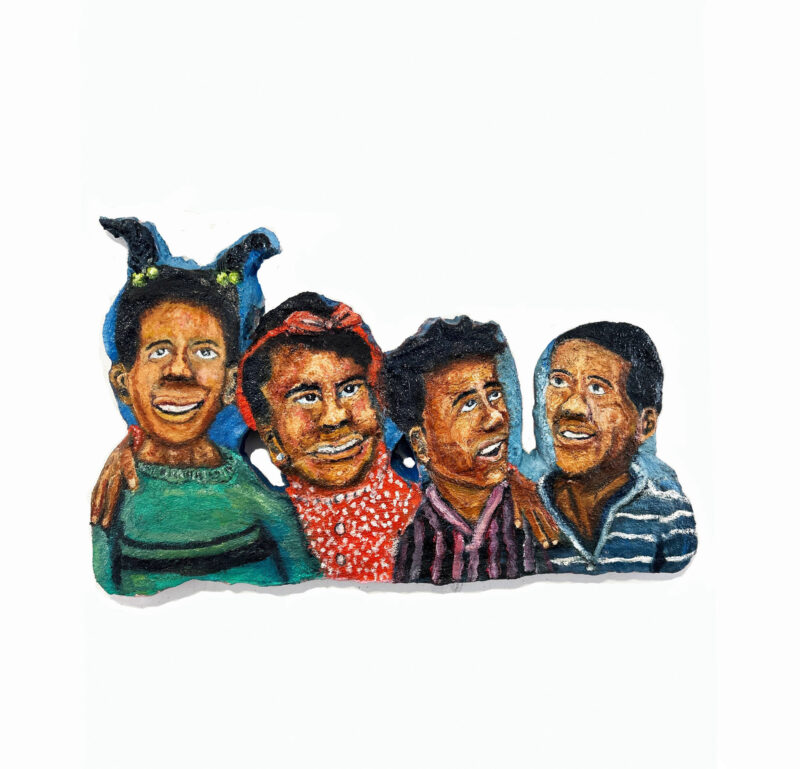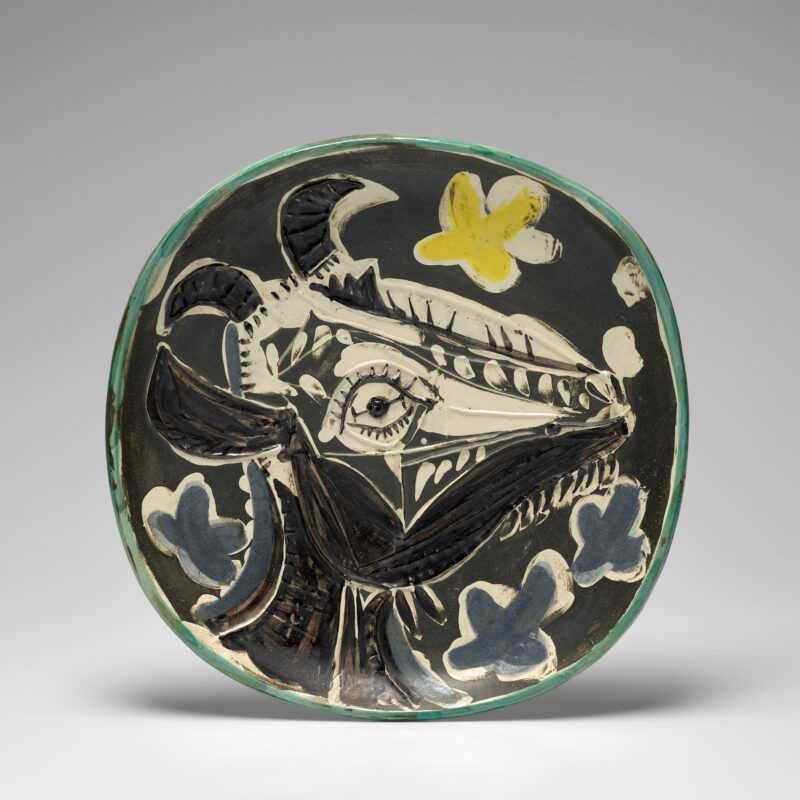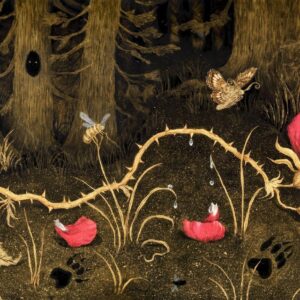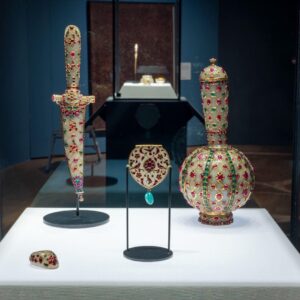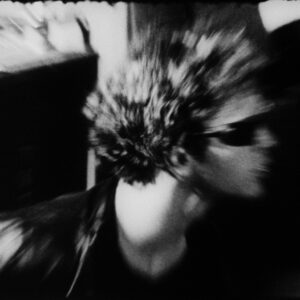We talked to Swizz Beatz about his art collecting way back in 2016 and when we asked who he was collecting and what he loved he told us
” I’m honestly buying a lot of great shit!”
Anyway, it looks like what Swizz loved was crazy good art and you can now see some of what he collected along with Alicia Keys as part of the exhibition Giants: Art from the Dean Collection of Swizz Beatz and Alicia Keys.

The exhibition features over 100 major artworks by important Black American, African, and African diasporic artists including Gordon Parks, Kehinde Wiley, Esther Mahlangu, Barkley L. Hendricks, Lorna Simpson, and Amy Sherald.
Plus a promised gift of significant works from the Dean Collection will enter the Museum’s permanent collection to celebrate the exhibition.
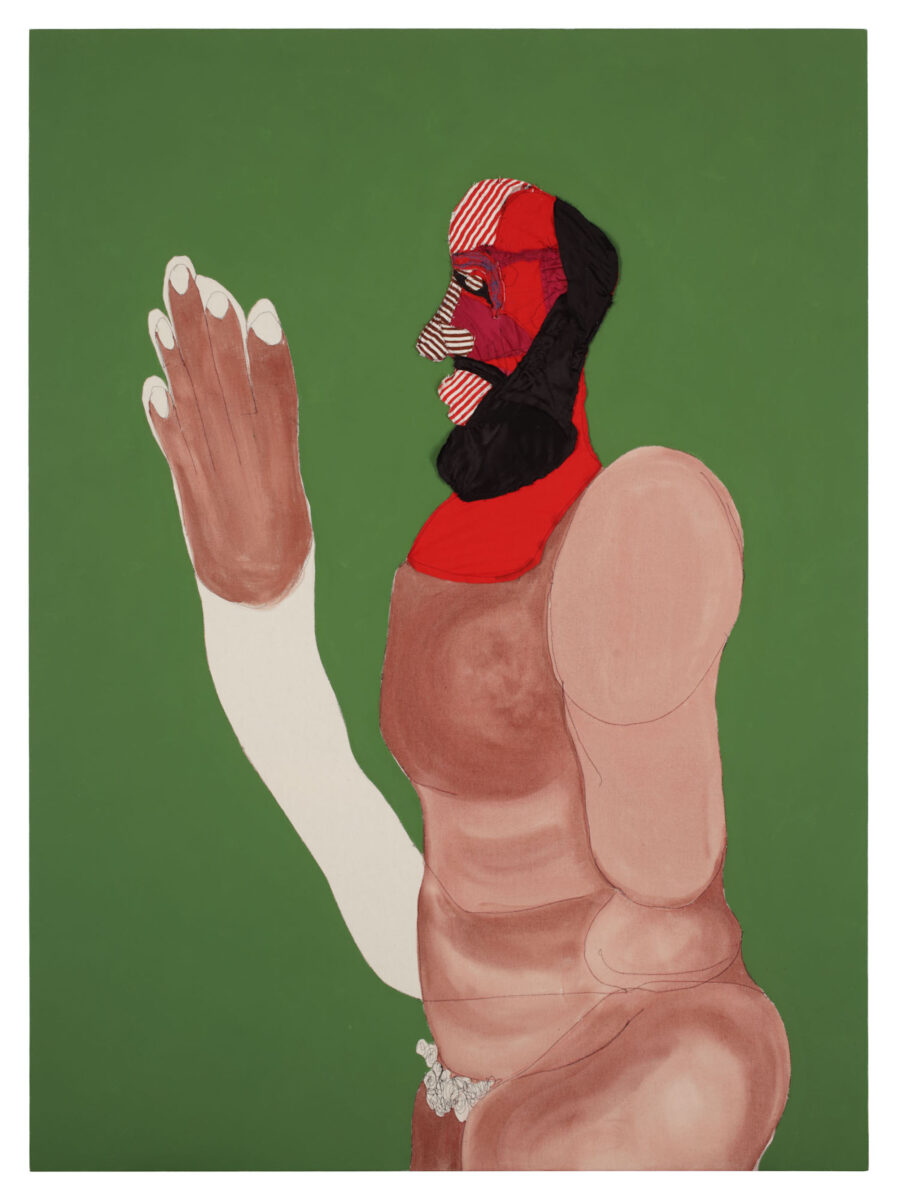
Giants: Art from the Dean Collection of Swizz Beatz and Alicia Keys is the first major exhibition of the world-class art collection owned by musical and cultural icons Swizz Beatz (Kasseem Dean) and Alicia Keys. From their founding passion for collecting albums, musical equipment, and BMX bikes to their present-day philosophy of “artists supporting artists,” Giants presents a focused selection from the couple’s personal holdings, spotlighting works by Black diasporic artists.
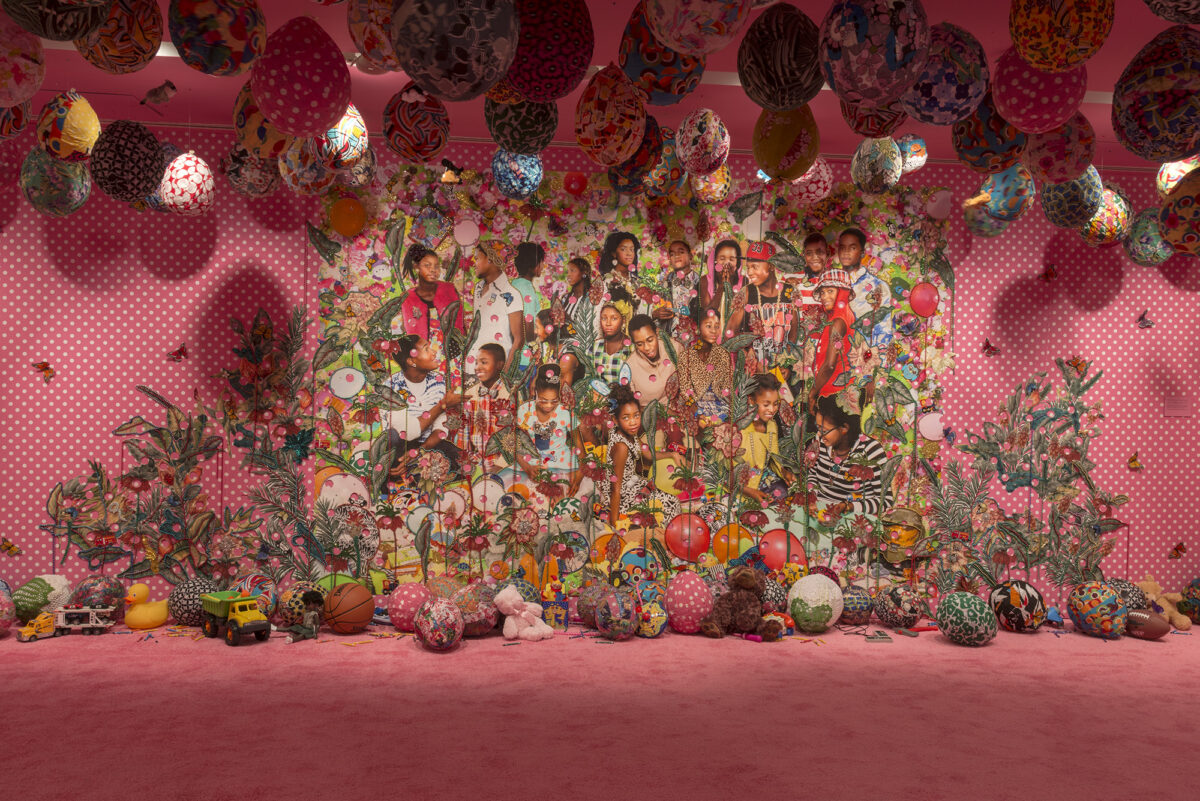
Swizz Beatz and Alicia Keys have been among the most vocal advocates for Black creatives to support Black artists through their collecting, advocacy, and partnerships. In the process, they have created one of the most important collections of contemporary art
Anne Pasternak, Shelby White and Leon Levy Director.
The exhibition opens with an introduction to Swizz Beatz and Alicia Keys’ creative lives and their sources of inspiration. Born and raised New Yorkers, the couple have been making music for decades and have cultivated diverse passions across music, art, and culture. Swizz began his career working first as a DJ and later as a performer and producer for his family’s record label, Ruff Ryders, at the age of seventeen. Keys, a fifteen-time Grammy Award–winning artist, learned to play the piano as a child, releasing
her hit debut album when she was twenty years old.
Since the Deans began collecting art over twenty years ago, they have focused on supporting living artists.
“The collection started not just because we’re art lovers, but also because there’s not enough people of color collecting artists of color,”
Swizz told Cultured magazine in 2018

Their shared passion for collecting, supporting, and building community among artists, particularly artists of color, is at the heart of the Dean Collection. The focus of the exhibition reflects the Brooklyn Museum’s ongoing efforts to expand the art-historical narrative.
The exhibition’s title, “Giants,” refers to several aspects of the Dean Collection: the renown of legendary artists, the impact of canon-expanding contemporary artists, and the monumental works by such creators as Derrick Adams, Arthur Jafa, and Meleko Mokgosi. The term also evokes the strong bonds between the Deans and the artists they support, as well as among the artists themselves. Along with examining the links and legacies among multigenerational Black artists, the exhibition encourages “giant conversations” inspired by the works on view—critiquing society and celebrating Blackness.
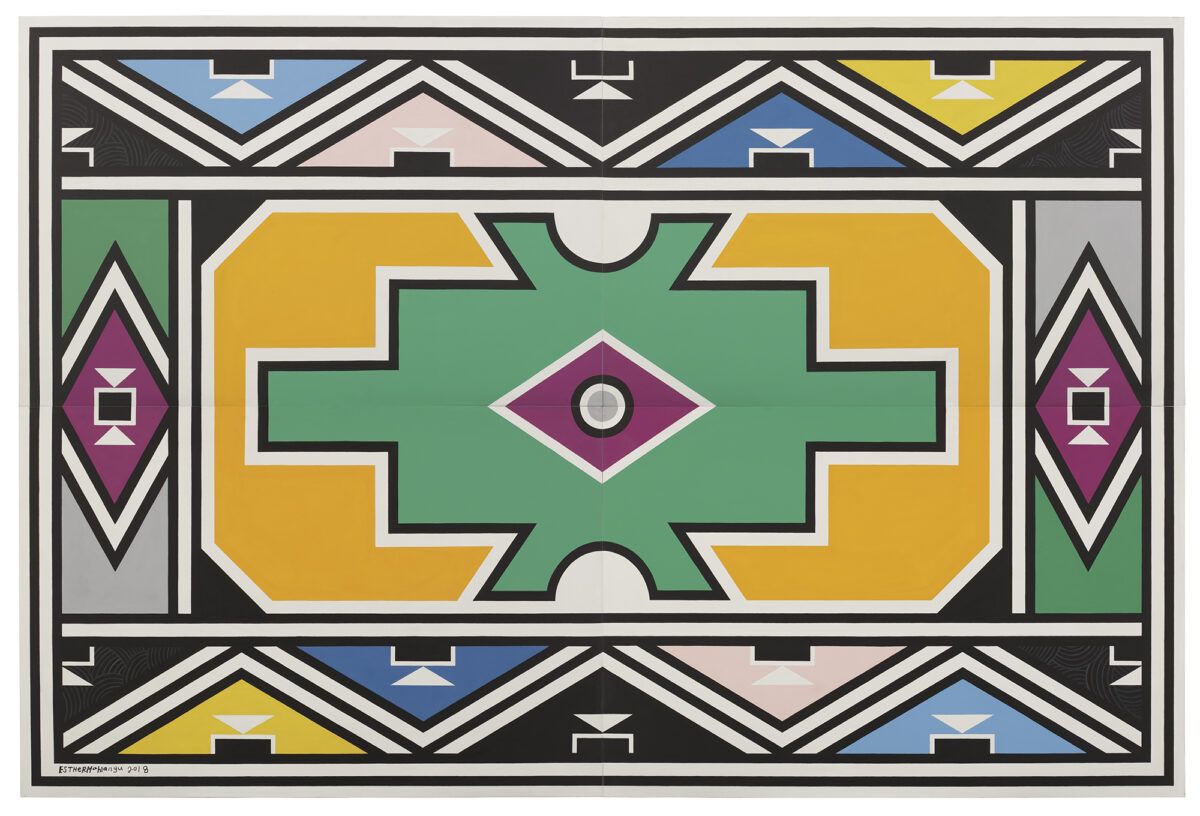
Paying homage to legendary elder artists, the section “On the Shoulders of Giants” features work by artists who have left an indelible mark on the world. In her large, colorful abstract paintings, Esther Mahlangu reimagines the long-standing tradition of South African Ndebele house painting. The legacy of portrait and street photography are exemplified in the works of Kwame Brathwaite, Malick Sidibé, and Gordon Parks, the last of which the Deans hold the largest private collection. These internationally
renowned photographers documented moments of self-presentation and pride, as well as everyday life and sociopolitical milestones. They, along with artists such as Jean-Michel Basquiat, Barkley L. Hendricks, and Ernie Barnes, not only captured the moment in which they lived but also laid the foundation for current and future generations of artists.

The “Giant Conversations” section explores how artists have always critiqued and commented on the world around them. The artists on view address a range of issues Black people have faced throughout the twentieth and twenty-first centuries. Lorna Simpson’s Tense (1991) considers Black women’s self-representation within an environment where others often define that representation. Nick Cave’s textured
sculptures examine how Black people, particularly men, must assume costumes to conceal and protect themselves against violence. Other artists such as Jerome Lagarrigue and Henry Taylor present issues of protest and lack of visibility due to homelessness.
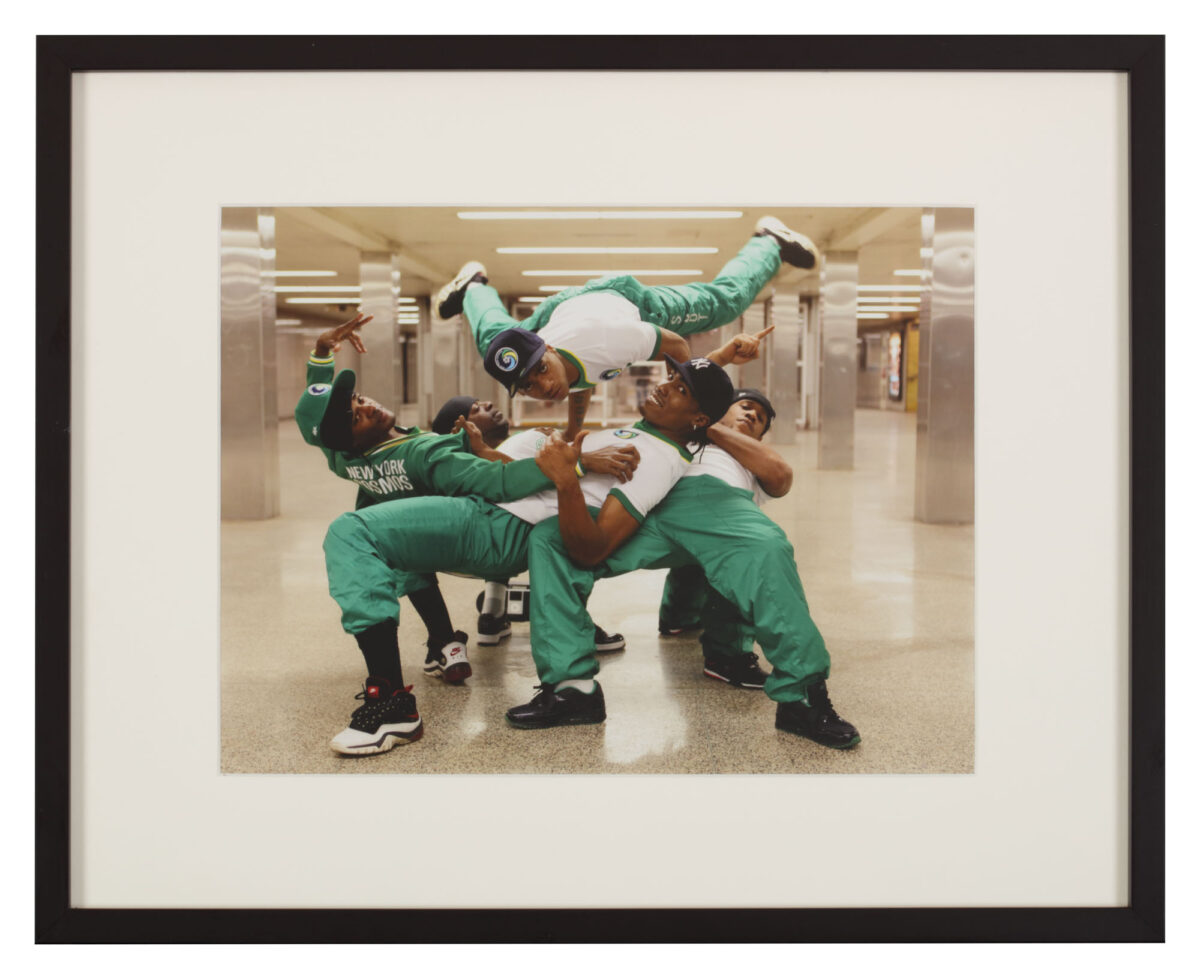

Works on view also celebrate Blackness and champion the beauty, resilience, distinctiveness, connection, and joyousness within communities across the globe. Over a dozen photographs by Jamel Shabazz honor the everyday people walking the streets of New York from the 1980s to the present. Defying stereotypical depictions of his country by the West, Hassan Hajjaj captures Morocco’s female henna artists in one photograph on view. Amy Sherald’s large-scale diptych portrays Baltimore, Maryland, dirt bike culture and the joyful freedom that comes with riding—a passion Swizz shares as a collector of BMX bikes.
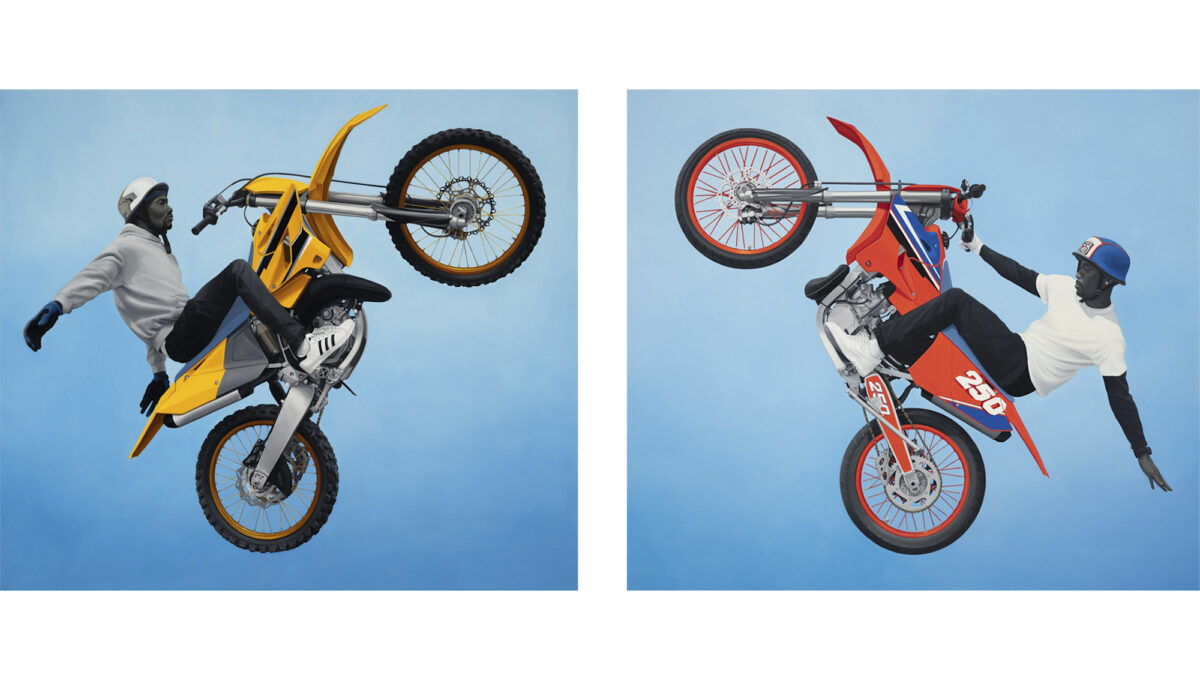
In the last section of the show, “Giant Presence,” monumental artworks form an impressive finale in the Museum’s Great Hall atrium. Nina Chanel Abney’s Catfish (2017) is a visual provocation about sexual and financial exchange between individuals in a colorful, almost cartoonish, setting. With his nearly eight foot-tall Big Wheel I (2018), Arthur Jafa draws from Mississippi’s monster truck culture and histories of anti-Black violence, underscoring the coexistence of Black Americans’ joys and traumas. Paintings by Titus Kaphar and Meleko Mokgosi also use scale to emphasize powerful themes that resonate across history.

Giants: Art from the Dean Collection of Swizz Beatz and Alicia Keys, February 10th–July 7th, 2024, Brooklyn Museum
Giants: Art from the Dean Collection of Swizz Beatz and Alicia Keys is organized by Kimberli Gant, Curator, Modern and Contemporary Art, and Indira A. Abiskaroon, Curatorial Assistant, Modern and Contemporary Art.
The accompanying exhibition catalogue will be published by Phaidon and features a foreword by Brooklyn Museum Director Anne Pasternak, interviews with artists in the Dean Collection, and a conversation between the Deans and exhibition curator Kimberli Gant.

